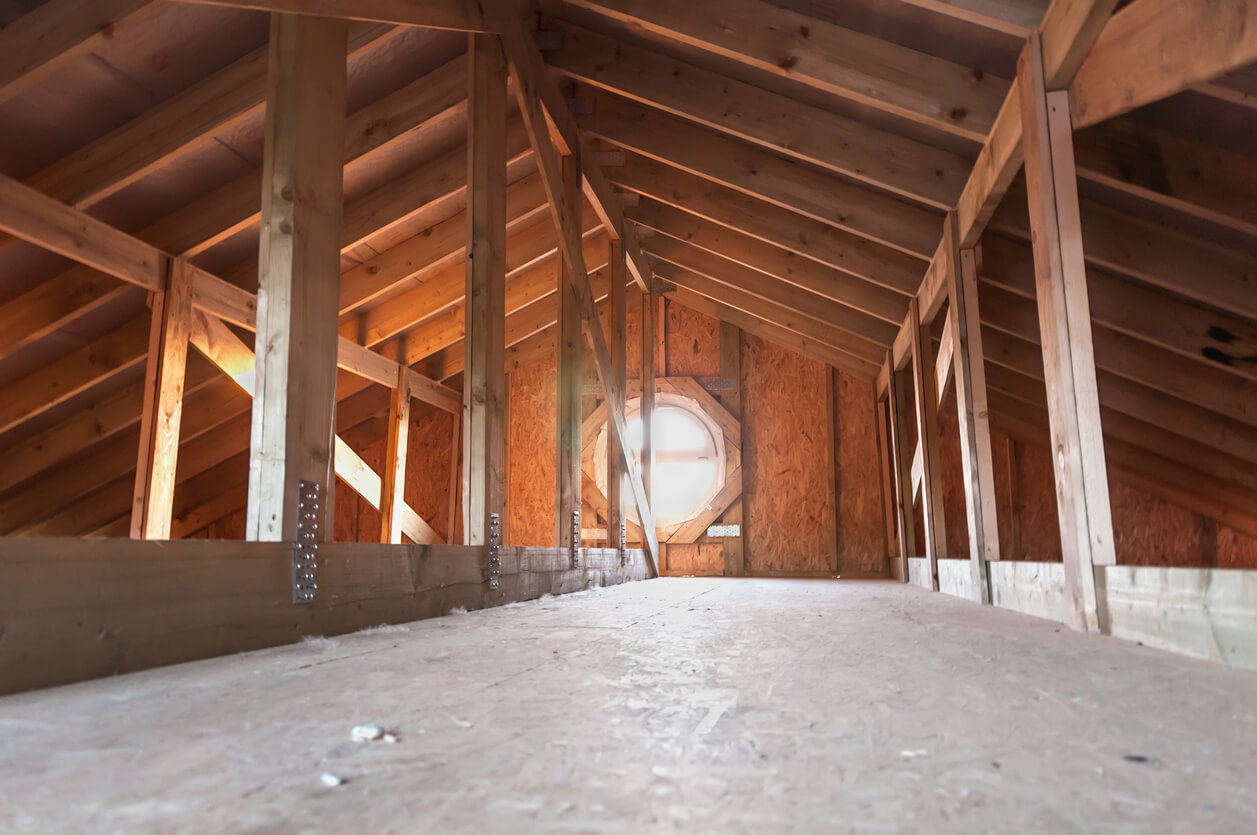Attic insulation is crucial to home s energy efficiency both in winter and in summer when the temperatures peak so it is very important to know the signs of poor attic insulation.
Attic temps in summer.
Summer attic air temperatures with reflective roof peak at or slightly above outdoor air ambient.
At mitch wright plumbing heating air we are here for all of your plumbing and heating cooling needs which is why we offer 24 7 emergency services.
Reducing attic temperatures in the summer.
Damaged insulation will allow hot air to leak into your home during summer causing inadequate temperatures even with ac working overtime.
An overheated attic can bake asphalt shingles on the roof and cause them to deteriorate.
The consensus seems to be that if you have the maximum amount of insulation in your attic floor for your area lowering the temperature of the attic by 10 or even 20 degrees will have a minimal if any impact of actual heating and cooling costs.
January 8 2010 5 15pm text size.
An unventilated attic can reach 150 degrees in the heat of summer 50 degrees higher than it should be.
If it s 90 degrees outside the attic temperatures shouldn t exceed 110 according to home inspector jamison brown of amerispec home inspection services in poquoson.
Hot summer weather poses the opposite problem for maintaining recommended attic temperatures.
Ideal attic temperatures shouldn t be more than 10 to 20 degrees hotter than outside temperatures.
For most homes the biggest concern is the effect of attic temperature on living space comfort.
Control your attic temperature in summer one of the toughest spaces to maintain a consistent temperature is in your attic especially in the summer.
What should the attic temperature be relative to the outside and house temperatures assuming a new supposedly well insulated house.
Attics can reach temperatures of 150 to 160 degrees f during a summer day although outside air temperatures are only 95 to 97 degrees f.
In some cases attic temperatures can reach above the 150 degree mark.
The cooling load for a home air conditioner depends on the difference in temperature between the inside and outside air and reduction of attic temperatures from 155 degrees to 105 degrees f will result in a significant reduction in cooling load.










